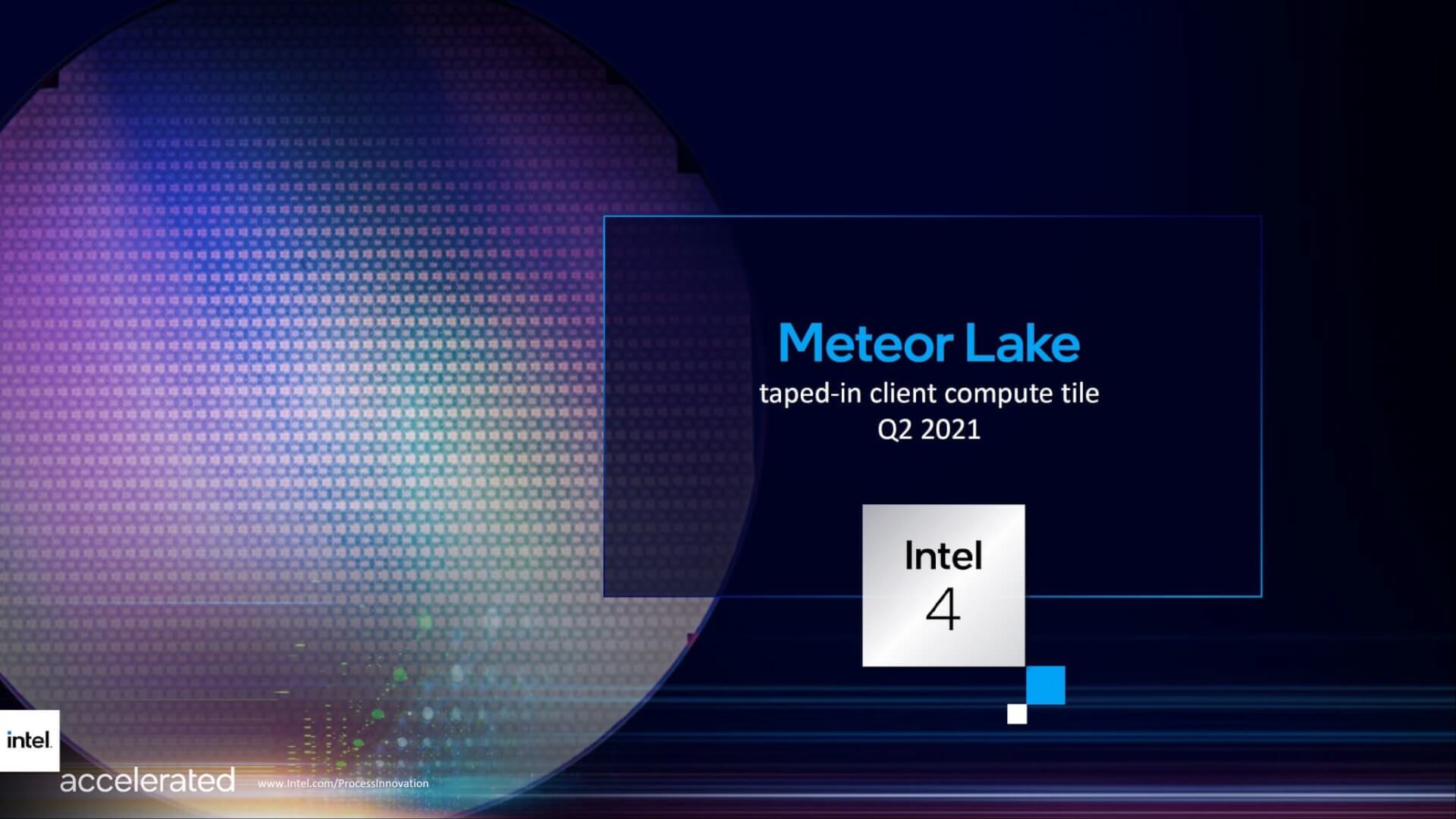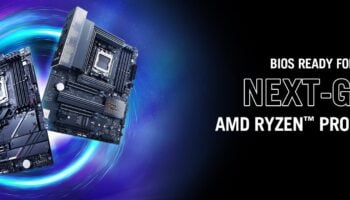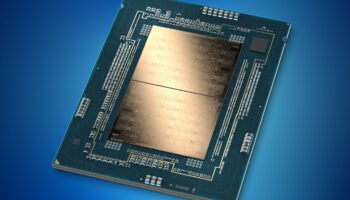During its “Unleashed” event, Intel shed a fair bit of light on its future products. The process nodes were renamed and the chipmaker detailed how it plans to achieve “unquestioned leadership” by 2023. In case you missed the bit about the renamed process node, you can catch up on that here. In this post, we’ll focus on the company’s future processor architectures, namely Sapphire Rapids, Meteor Lake, and Granite Rapids
Let’s begin with Alder Lake which is just a few months away. Although it’ll be another monolithic design, it’ll feature a hybrid core architecture, with up to 8 high-performance Golden Cove cores and 8 low-power Gracemont cores. It’ll be based on Intel’s 10nm ESF node which has now been renamed to 7. After Alder Lake, there’s Sapphire Rapids which is slated to launch sometime in mid to late 2022. It’ll be fabbed on the same 10nm ESF node, but will feature a chiplet/tiled architecture, with four tiles. Each tile will pack up to 19-20 cores, resulting in an overall core count of 56 for the top-end SKUs.
Alder Lake will be followed by Raptor Lake which in turn will be succeeded by Meteor Lake sometime in mid to late 2023. We already know that Meteor Lake would be based on Intel’s 7nm node (now 4nm), but what we didn’t know was that (like Lakefield), it’ll leverage 3D stacking as well (Foveros). We’re likely going to see 3D stacked cache and an integrated graphics processor. Surprisingly, Intel is planning to more than double the integrated graphics performance with Meteor Lake, with a total core count of 1,536 or 192 EUs. Meteor Lake won’t be pushing the power envelope, with a TDP of up to 125W.
Similar to Meteor Lake, Granite Rapids will also be a tiled architecture with up to 8 different tiles, consisting of compute (ALU/cores) tiles, cache tiles, HBM tiles, and I/O tiles, with GPU tiles also showing up in certain models. Meteor Lake, on the other hand, will feature a compute die, an I/O die and a graphics die.






